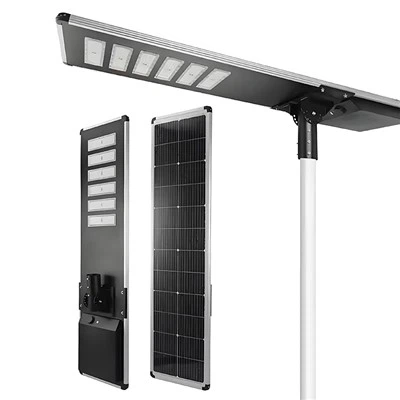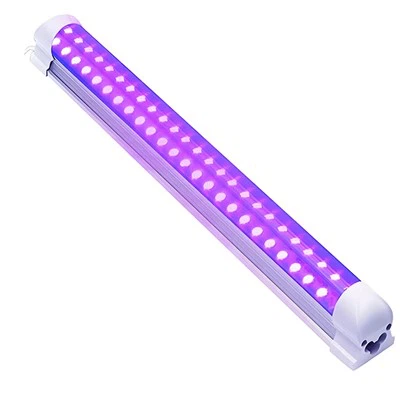Should I Be Concerned If Exterior Lamps Have Condensation?
Condensation is a frequent phenomenon in outdoor lighting placed in the UK. Meaning, there appears to be dampness inside a portion of the fitting. It is brought on by heat produced inside—typically by the lamp—and a change in temperature brought on by the colder outside air. It's a prevalent misunderstanding that a) this will always shorten the fitting's lifespan or affect how well it works, and b) this moisture is the result of the product's lack of weatherproofing. It's essential to note that not ALL exterior light fixtures experience condensation. Because of this, it can be concerning when seen in a limited number of lamps. Don't get alarmed if the function is unaffected. Our views and observations from many years of providing outdoor and yard lighting are explained in this journal. The conclusion contains resources that are useful.
Is my fitting condensing or is there a more serious issue?
It's a good idea to periodically check on your exterior lights throughout the year, particularly with the weather in the UK. This should be done for all lamps, regardless of their cost or utility. A little upkeep can make a big difference. It's worth looking more closely if you've observed condensation in your lamp. Is there a small quantity of wetness near a lens or diffuser, or is there more water inside the fitting? Remember to verify carefully, with the power off, if you feel worse after looking and fearing worse. The majority of the time, if there is only a slight buildup, it is condensation, which hasn't affected or won't affect the light or its operation. However, if there is a significant quantity of water present, it may be a "Ingress issue," which I'll describe in a moment.
The majority of exterior lamps will come with a built-in drainage opening or other mechanism to prevent moisture buildup. Predrilled bolt holes can occasionally serve as an additional drainage opening. Sadly, more extreme condensation can make a light burn out or flash. However, you shouldn't worry or immediately blame condensation; wait until any odd behavior, like flashing, happens.
What can I do about the moisture inside my lamps even though they work fine?
If your lights are operating as they should, but you have observed some condensation, it is typically possible to dry this off securely with the power off before replacing a component like a lens (if applicable). It's extremely improbable that condensation will have any impact on a component of a light, such as a photocell (dusk to daybreak sensor) or PIR sensor, in terms of how it performs. Often, it may appear that there is "water inside," but some sensors already have this appearance, and a tiny quantity of condensation should have no impact.
There are other factors to think about before drawing the conclusion that this dampness has or may cause a flaw. If there is a larger quantity of water in the sensor, this could be a sign of entry or another problem. Or it could be related to other elements of the lighting system. It's a good idea to make sure that all other components of the lights are intact, sealed, and attached firmly where necessary when performing a "condensation check."
How can I prevent moisture from forming in exterior lights?
The short response to this is that there are methods to prevent condensation from forming in outdoor light fixtures, but there isn't a way to completely avoid it.
Placing some tiny packages of silica gel (like those found with new sneakers) inside spotlights can help avoid moisture buildup. These are supplied with all lamps by Lumena. Internally waterproofing the lamps is another procedure that Lumena employs. The standard fix to prevent even tiny quantities of water from tripping 240-volt circuits. Lithium Lubricant is the answer. Lithium grease functions as a seal by sealing the bulb holder and the connections of the bulb, stopping condensation-produced water from actually coming into touch with the bulb holder. This lubricant may be applied outside of the connections to further safeguard a seal.
It's important to note that 240v lights are much less effective at preventing dampness buildup than 12v (low power) lights. Water rarely affects 12v systems, whereas it frequently causes a 240v system to fail. They are therefore the ideal choice for outdoor illumination. A 12v low voltage circuit won't be affected if water falls on the light holder or connection wires.
Links & Seals
It's crucial to verify that any seals keeping exterior lights and components like photocells or PIR sensors weatherproof are in place and undamaged. If so, humidity and moisture buildup might become worse as a result. Don't immediately attribute strange behavior or tripping to moisture if a device or lamp is acting up. Problems may be caused by a loose or leaky link further along the lighting line. Before employing an electrician, speak with a reliable lighting provider first.
Ingress Defense Ratings
A minimum IP43 rating is required for all exterior lighting. An exterior light fixture's protection against particular circumstances, such as precipitation and dust, is determined by its IP "Ingress Protection" Rating. IP Scores have two digits in them. While the second number relates to the security level against water, the first number describes the degree of protection against solid items like hands, grit, and dust. Zero represents the lowest degree of protection, and the numerical rating shows a security level from 0–6 for solids and 0–8 for liquids. The maximum classification, IP68, guarantees total safety from solids and liquids and allows for submersion in water.
Keep in mind that mist may simply be that—condensation—and not an issue with ingress.

|
Product name |
Benwei Led Flood Light |
|
LED power |
100W/200W/300W |
|
CCT |
3000K-6000K |
|
CRI |
>60 |
|
Housing material |
Aluminum |
|
Adaptor |
Wall charger and Car charger |
|
Working Temperature |
-25 ℃ to 50 ℃ |
|
Beam Angle |
120 ℃ |






